Pacuca recipe, nestled within the diverse and vibrant tapestry of Bolivian cuisine, Pacuca emerges as a comfort dish that reflects the heart and soul of the nation. This hearty and wholesome stew, deeply rooted in Bolivian culinary traditions, showcases the rich flavors and indigenous ingredients that define the country’s gastronomic identity. Join us on a gastronomic adventure as we explore the recipe for Pacuca, unraveling the essential ingredients, the meticulous preparation, and the cultural significance that make it a cherished culinary gem in Bolivia.
Understanding Pacuca: A Tapestry of Bolivian Flavors:
Pacuca stands as a symbol of Bolivia’s cultural diversity, blending indigenous ingredients with Spanish culinary influences. This traditional stew is a celebration of Bolivia’s agricultural abundance, featuring an array of vegetables, legumes, and, most notably, the wholesome chuño, a freeze-dried potato product that has been a staple in Andean diets for centuries. Pacuca encapsulates the essence of Bolivian comfort food—a dish that warms both the body and the soul.
Ingredients for Bolivian Pacuca:
The beauty of Pacuca lies in its simplicity and the use of locally sourced ingredients. Let’s explore the components that come together to create this nourishing Bolivian stew.
- Chuño:
- Chuño: 1 cup of chuño, a freeze-dried potato product. Soaked and rehydrated before use, chuño adds heartiness and texture to the stew.
- Meat:
- Beef or Lamb: 1 pound of beef or lamb, cut into bite-sized pieces. The choice of meat contributes to the robust flavor of the stew.
- Vegetables:
- Carrots: 2 medium-sized carrots, peeled and sliced. Carrots add sweetness and color to the dish.
- Potatoes: 2 medium-sized potatoes, peeled and diced. Alongside chuño, potatoes contribute to the stew’s hearty consistency.
- Green Beans: 1 cup of fresh green beans, trimmed and chopped. Green beans provide a crisp texture and vibrant color.
- Peas: 1/2 cup of fresh or frozen peas, adding a touch of sweetness.
- Aromatics:
- Onions: 1 large onion, finely chopped. Onions serve as the aromatic base of the stew.
- Garlic: 3 cloves of garlic, minced. Garlic infuses a robust and savory flavor into the broth.
- Spices and Herbs:
- Cumin: 1 teaspoon of ground cumin. Cumin imparts a warm, earthy flavor to the stew.
- Oregano: 1 teaspoon of dried oregano. Oregano adds a herbaceous note to the dish.
- Bay Leaves: 2 bay leaves. Bay leaves contribute a subtle depth to the stew’s broth.
- Salt and Pepper: To taste, for seasoning.
- Broth:
- Beef or Vegetable Broth: 4 cups of broth, enhancing the overall flavor of the stew.
- Oil:
- Vegetable Oil: 2 tablespoons, for sautéing the onions and garlic.
Preparation: Crafting the Perfect Bolivian Pacuca:
Creating Pacuca involves a careful dance of flavors and textures. Let’s explore the step-by-step process to achieve a bowl of Pacuca that embodies the warmth and richness of Bolivian comfort food.
Step 1: Preparing Chuño:
- Soak Chuño: Start by soaking the chuño in cold water for several hours or overnight. This helps rehydrate the freeze-dried potatoes, making them ready for use in the stew.
- Drain and Rinse: Once soaked, drain and rinse the chuño thoroughly. Set aside for later use.
Step 2: Sautéing Aromatics:
- Heat Oil: In a large pot, heat vegetable oil over medium heat. Add finely chopped onions and minced garlic.
- Sauté until Fragrant: Sauté the onions and garlic until they become translucent and aromatic, creating a flavorful base for the stew.
Step 3: Browning the Meat:
- Add Meat: Introduce the bite-sized pieces of beef or lamb to the pot. Brown the meat on all sides to develop rich flavors.
- Season with Spices: Sprinkle ground cumin over the meat, adding a warm and earthy depth. Season with salt and pepper to taste.
Step 4: Building the Stew:
- Add Vegetables: Incorporate the sliced carrots, diced potatoes, chopped green beans, and peas into the pot. Stir well to combine the ingredients.
- Pour in Broth: Pour the beef or vegetable broth into the pot, ensuring it covers the ingredients. The broth will form the flavorful base of the stew.
- Season with Herbs: Add dried oregano and bay leaves to the pot, infusing the stew with herbal notes. Adjust the seasoning if necessary.
Step 5: Simmering and Infusing Flavors:
- Bring to a Boil: Increase the heat and bring the stew to a gentle boil. Once boiling, reduce the heat to a simmer.
- Cover and Cook: Cover the pot and let the Pacuca simmer on low heat for approximately 45 minutes to an hour. This allows the flavors to meld, and the meat and vegetables to become tender.
Step 6: Adding Chuño and Final Touches:
- Incorporate Chuño: Uncover the pot and add the rehydrated chuño to the stew. Stir gently to ensure even distribution.
- Adjust Seasoning: Taste the stew and adjust the seasoning if needed. This is the final opportunity to add salt, pepper, or any additional herbs to achieve the desired flavor profile.
Step 7: Serving Bolivian Pacuca:
- Remove Bay Leaves: Before serving, remember to remove the bay leaves from the stew.
- Serve Warm: Ladle the Pacuca into bowls and serve it warm, allowing the rich aroma to waft through the air.
- Garnish (Optional): Garnish the Pacuca with fresh herbs like chopped parsley for a burst of freshness and color.
Tips for Perfect Bolivian Pacuca:
- Chuño Preparation:
- Soaking Time: Allow enough time for the chuño to soak and rehydrate thoroughly before adding it to the stew.
- Meat Browning:
- Enhancing Flavor: Take the time to properly brown the meat, as it contributes to the overall richness of the Pacuca.
- Vegetable Variations:
- Seasonal Choices: Pacuca is versatile, so feel free to incorporate seasonal vegetables for a personalized touch.
- Simmering Time:
- Tenderizing Ingredients: The simmering time is crucial for allowing the meat and vegetables to become tender and infuse the stew with flavor.
- Adjusting Seasoning:
- Taste Test: Regularly taste the stew and adjust the seasoning as needed throughout the cooking process.
Conclusion: Embracing Bolivian Culinary Warmth:
In conclusion, Pacuca serves as a testament to Bolivia’s culinary heritage—a dish that encapsulates the country’s agricultural bounty and rich cultural influences. From the rehydrated chuño to the aromatic blend of herbs and spices, each ingredient plays a vital role in creating a bowl of Pacuca that warms both the body and the soul.
As you embark on your own culinary journey to create Pacuca, savor the essence of Bolivian comfort food—the hearty goodness, the melding of flavors, and the sense of warmth it brings. Whether shared among family or friends, Pacuca invites you to embrace the tradition and flavors that define Bolivia’s diverse and captivating culinary landscape. So, gather your ingredients, simmer the stew with love, and relish in the comforting embrace of Bolivian Pacuca—a dish that speaks to the heart of a nation.


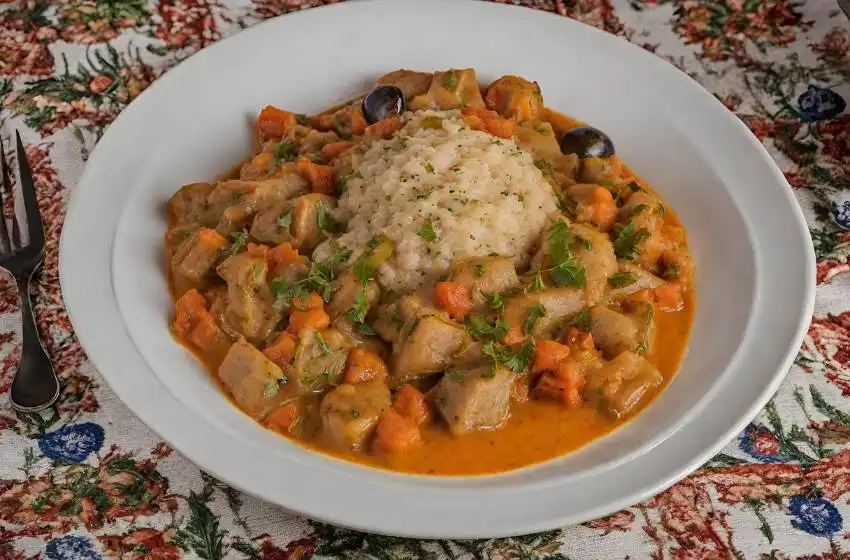


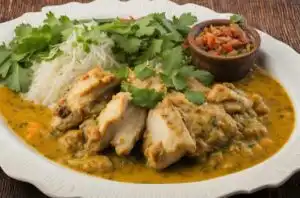
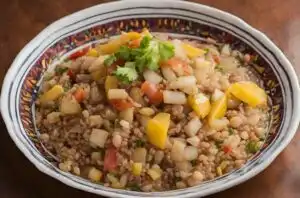
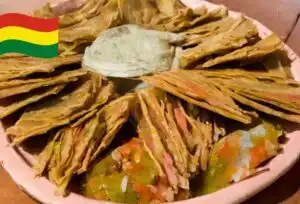
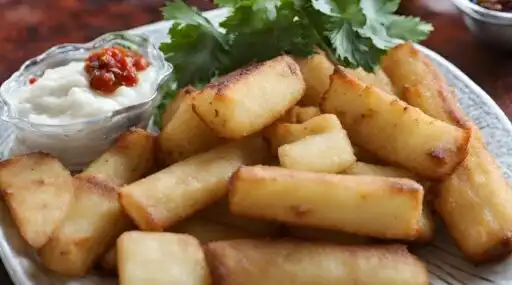




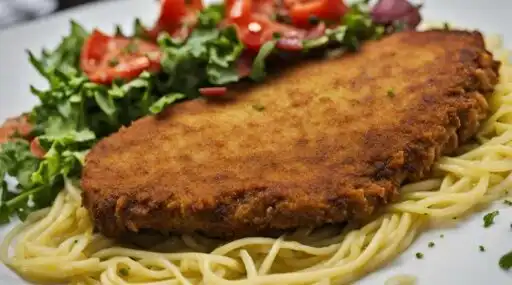







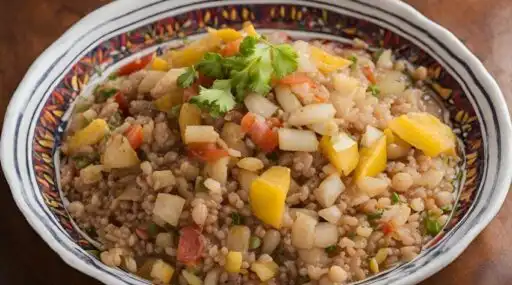





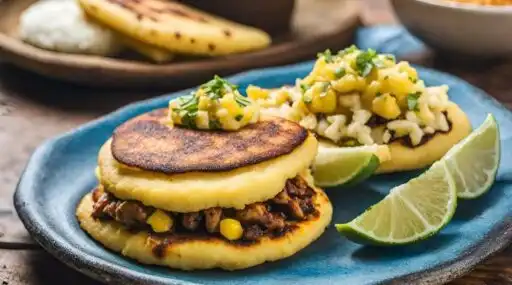
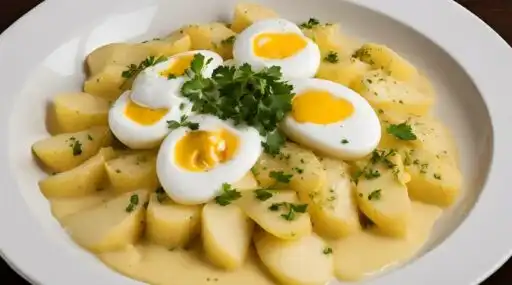



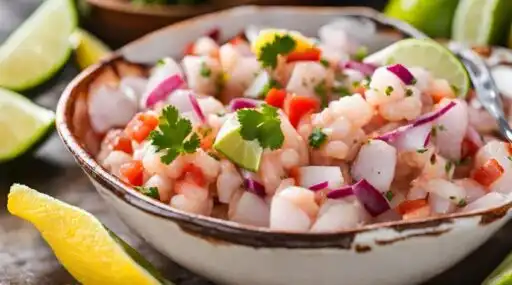





Leave a Reply